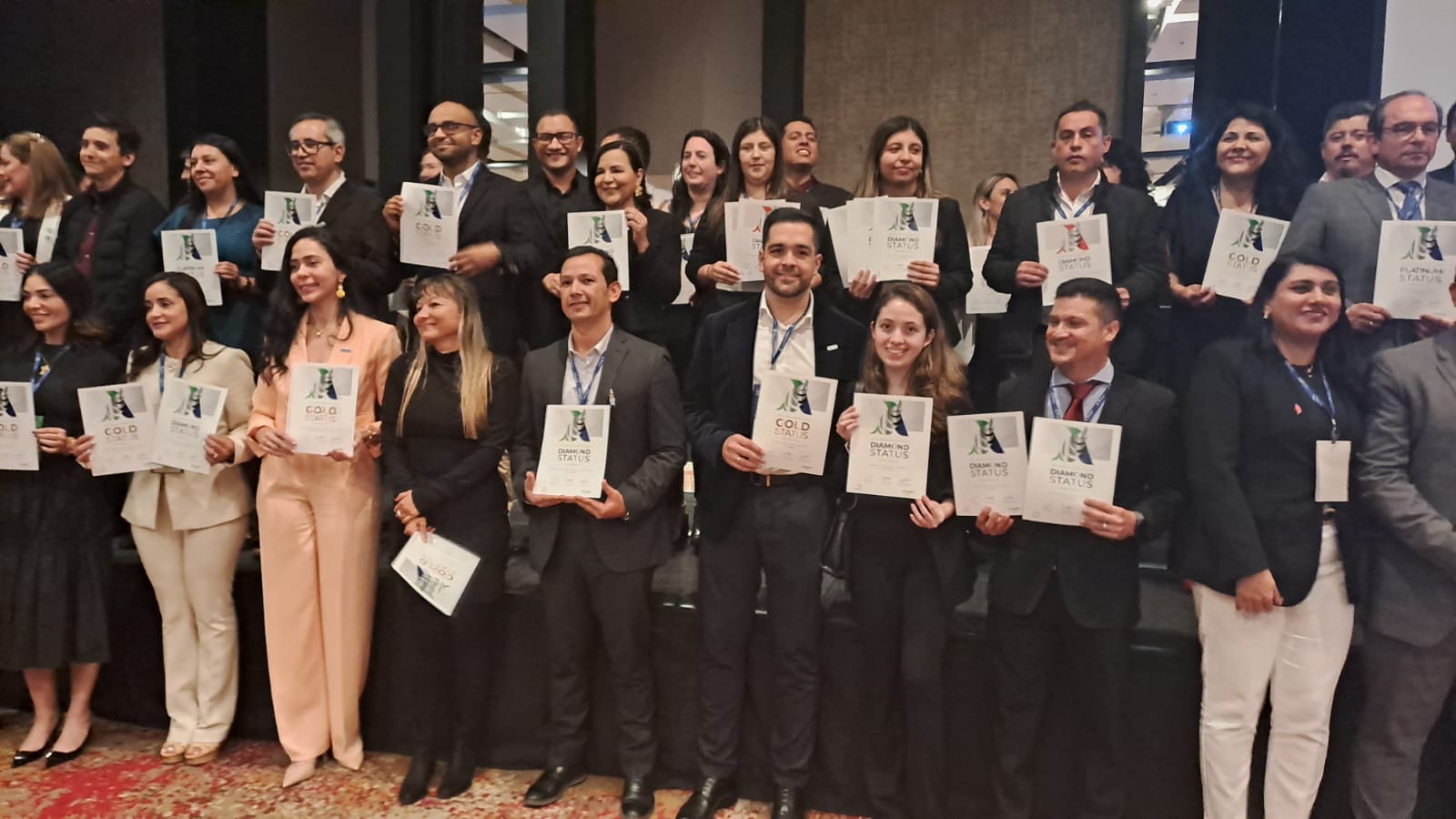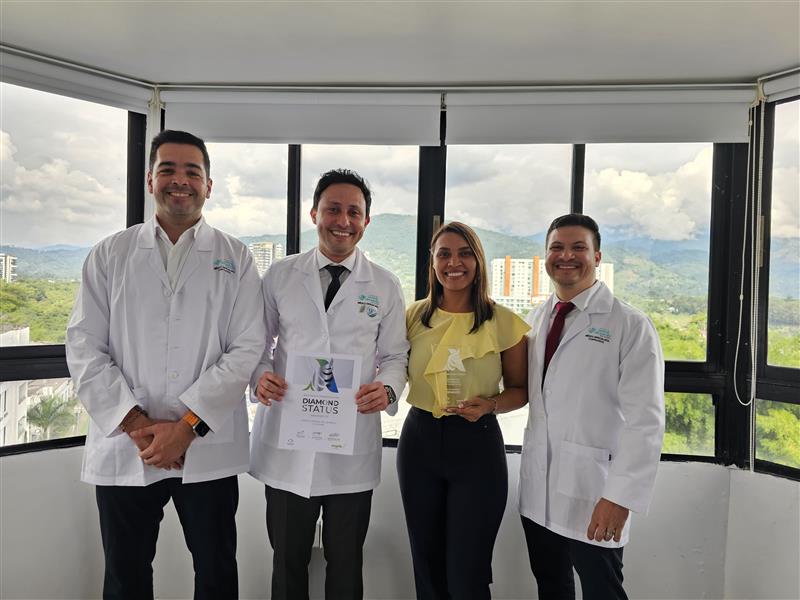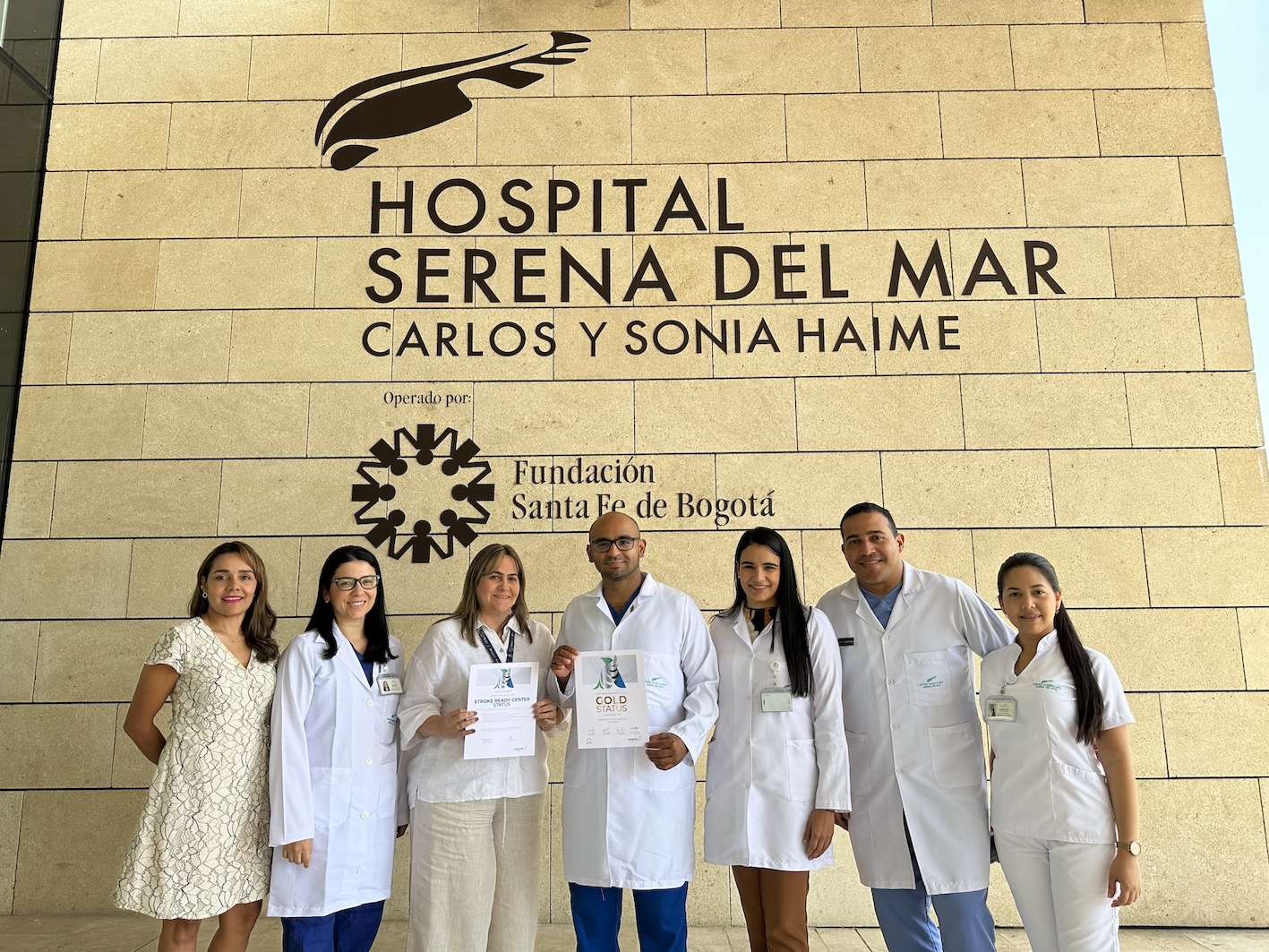Đây là cách bạn di chuyển một tòa nhà trong ba bước:
Một là, cắt các lỗ trên nền móng và lắp các dầm thép để nâng đỡ kết cấu. Hai là, lắp đặt các kích thủy lực dưới cấu trúc và kết nối chúng với một hệ thống giám sát áp suất và giữ cho tòa nhà ở mức độ cao. Ba, kích nó lên, cài đặt các nền tảng trên các bánh xe bên dưới, và bắt đầu bò chậm đến điểm đến mới.
Năm 1975, người dân Most, một thị trấn gần biên giới phía tây bắc của Cộng hòa Séc, đã phải di chuyển nhà thờ Gothic của họ hơn 800 mét đến một địa điểm mới để mở đường cho hoạt động khai thác than. Nhà thờ Đức Trinh Nữ Mary nặng 12.700 tấn. Với tốc độ trung bình 2,16 cm mỗi phút, cô đến điểm đến của mình sau 28 ngày, mang lại niềm tự hào cho chính phủ Séc và chiến thắng Được nhắc đến nhiều nhất trong Sách Kỷ lục Guinness Thế giới.
Vào thời điểm đó, đây là tòa nhà nặng nhất từng được di chuyển trên bánh xe.
Nghe điều này bạn có thể tự hỏi, nếu một thị trấn có thể làm điều đó, họ có thể có khả năng gì khác? Điều này đưa chúng ta đến với câu chuyện về Hospital Most và cách trở thành một trung tâm đột quỵ từng đoạt giải thưởng trong ba bước.
Bước 1: Tìm người chiến thắng đột quỵ của quý vị.
Trước khi Bác sĩ Ján Macko đến Bệnh viện Hầu hết, ông là bác sĩ chính của đơn vị đột quỵ tại Bệnh viện Chomutov gần đó, nơi ông đã nghe nói về chương trình Giải Giải thưởng Angels, ông đã đặt trọng lượng của mình đằng sau một chiến dịch để tối ưu hóa con đường đột quỵ và cải thiện kết quả cho bệnh nhân đột quỵ. Kết quả là Bệnh viện Chomutov đã giành được ba giải thưởng kim cương liên tiếp, và vào năm 2020, Bác sĩ Macko đã chấp nhận đề nghị tham gia Bệnh viện Most, theo sáng kiến của nhà cung cấp dịch vụ chăm sóc sức khỏe khu vực Krajská zdravotní, a.s., để thiết lập lại chương trình đột quỵ của mình.
Đến vào tháng 9 năm 2020, Ján Macko được thông báo rằng ông có thời gian đến tháng 3 năm 2021 để tạo ra một phác đồ đột quỵ và tập hợp và đào tạo một đội đột quỵ. Với sự hỗ trợ của bác sĩ thần kinh trưởng, Bác sĩ Stanislav Slavík, và sự hỗ trợ hào phóng từ đồng nghiệp của mình, Bác sĩ Jozef Sirovič, ông đã làm việc ngay lập tức, chia sẻ kinh nghiệm của mình với các đồng nghiệp mới và triển khai một chương trình giáo dục bao gồm đào tạo chứng nhận y điều dưỡng đột quỵ Angels cho mọi điều dưỡng trong ICU thần kinh.
Nhân viên điều dưỡng cấp cứu, là đầu mối liên lạc đầu tiên cho bệnh nhân, cũng nhận được hướng dẫn sử dụng xét nghiệm FAST để phát hiện đột quỵ và những hành động cần thực hiện sau khi thông báo cho bác sĩ thần kinh đang gọi. Bác sĩ Macko không để lại bất kỳ viên đá nào.
Bước 2: Thực hành, thực hành, thực hành.
Với chứng nhận của trung tâm đột quỵ quỵ được chứng nhận vẫn đang chờ xử lý, đơn vị điều trị đột quỵ mới tại Hospital Most đã sẵn sàng hành động đầy đủ trước tháng 2 năm 2021, sớm hơn một tháng so với kế hoạch. Lệnh trừng phạt chính thức của Bộ Y tế được đưa ra vào tháng 10, cùng tháng đó, tư vấn viên của Angels, Robert Havalda, được mời thực hiện một mô phỏng để thử thách tinh thần đồng đội và thời gian.
Martin Liptay, người đã bước vào vị trí của Robert vào tháng 9 năm ngoái, cho biết: “Họ đã đi khá nhanh. “Nhưng họ vẫn cố gắng giảm thời gian từ cửa đến kim từ 25 xuống còn 15 phút.”
Trong năm tiếp theo, năm bác sĩ trẻ đã được đào tạo để cung cấp chẩn đoán và điều trị cấp tính trong đơn vị đột quỵ, và dần dần được tích hợp với đội đột quỵ. Vào đầu năm 2023, người đầu tiên trong số họ đã sẵn sàng bắt đầu điều trị bệnh nhân đột quỵ một cách độc lập, chính Martin đã đi đến Most để tham gia một vòng đào tạo mô phỏng mới.
Martin cùng với Bác sĩ Macko đã chuẩn bị hai tình huống - một tình huống trong đó bệnh nhân đến qua EMS với thông báo trước viện và một tình huống trong đó họ được gia đình đưa đến phòng cấp cứu. Với thời gian từ cửa đến kim lần lượt là 18 và 13 phút, và tất cả các hành động ưu tiên chính được Angels đề xuất được thực hiện như một phần của lộ trình, bài tập đã tăng cường sự tự tin của cả Tiến sĩ Vasyl Uhrynchuk mới có trình độ và nhóm của ông.
Một tháng sau vào ngày 14 tháng 2, Martin trở lại Most, nơi có thêm bốn bác sĩ sẵn sàng để có đôi cánh của họ. Trong bốn mô phỏng, các bác sĩ Michal Antonín, Serhii Syniuha, Svitlana Tkach và Volodymyr Shuranov đều quản lý một trường hợp lâm sàng khác nhau trong thời gian từ 13 đến 15 phút.
Bác sĩ Macko và Martin bây giờ đã tự tin rằng mọi bệnh nhân đột quỵ được điều trị tại Bệnh viện Hầu hết sẽ nhận được cùng một tiêu chuẩn chăm sóc cao bất kể ai đang được gọi.
Bước 3: Đo lường hiệu suất và tiếp tục cải thiện.
Tại Cộng hòa Séc, dữ liệu toàn diện cho tất cả bệnh nhân đột quỵ được thu thập hai lần một năm, vào tháng 3 và tháng 10, và được báo cáo trong RES-Q. Do đó, đối với Hospital Most, năm 2022 đã mang đến cơ hội đầu tiên để đo lường hiệu suất của họ so với các tiêu chí dựa trên hướng dẫn cho Giải thưởng Angels.
Khi những người giành giải thưởng từ Cộng hòa Séc được công bố vào năm 2022, Hospital Most nằm trong số đó. Trong hai tháng đang được xem xét, họ đã nhập viện 64 bệnh nhân đột quỵ, trong đó 22% đủ điều kiện được tái phẫu thuật. Thời gian từ cửa đến kim trung bình là 16 phút và 85% bệnh nhân được sàng lọc khó Chứng rối loạn nuốt.
Trong tất cả trừ hai biện pháp (tỷ lệ tái can thiệp và Chứng rối loạn nuốt), Bệnh viện Most đã đáp ứng các tiêu chí để được trao giải kim cương. Mặc dù xứng đáng tự hào về tình trạng bạch kim của họ, nhưng đó là cơ hội để xem xét kỹ lưỡng hiệu suất của họ và nhắm mục tiêu vào các lĩnh vực cần cải thiện.
Trong khi đó, bác sĩ Ján Macko đã kế nhiệm Tiến sĩ Slavík làm bác sĩ thần kinh trưởng nhưng tiếp tục làm việc chặt chẽ với đồng nghiệp của mình, người hiện đang đứng đầu khoa cấp cứu, trong khi Tiến sĩ Sirovič điều hành trung tâm tư vấn mạch máu não cho bệnh nhân đột quỵ. Để theo đuổi giải thưởng kim cương, họ biết chính xác phải làm gì.
Bước 1: Một thành viên của ban chỉ đạo điều dưỡng Angels từ trung tâm đột quỵ toàn diện lớn duy nhất của khu vực ở Ústí và Labem, đã được mời tham gia đào tạo về chăm sóc điều dưỡng sau cấp tính bao gồm chẩn đoán Chứng rối loạn nuốt, sàng lọc GUSS và định vị bệnh nhân.
Bước 2: Tiếp theo, bệnh viện sẽ làm việc với các dịch vụ EMS khu vực và địa phương để cải thiện việc nhận biết triệu chứng đột quỵ để nhiều bệnh nhân hơn sẽ đến trong khung thời gian tái xét nghiệm.
Bước 3: Họ sẽ liên hệ với các bác sĩ đa khoa địa phương để đảm bảo bệnh nhân được giới thiệu đến trung tâm đột quỵ và hỗ trợ các can thiệp Dự phòng thứ phát và phục hồi chức năng sau đột quỵ.
Martin tự tin rằng Tiến sĩ Ján Macko và nhóm của ông sẽ sớm được công nhận là người cung cấp dịch vụ chăm sóc ở mức cao nhất. Việc đạt được trạng thái kim cương phải nằm trong tầm với của một thị trấn đã chỉ ra rằng nơi có di chúc sẽ có một cách.



